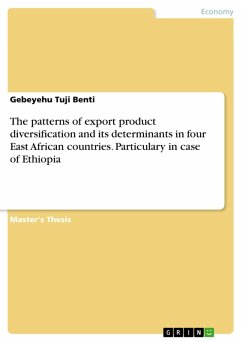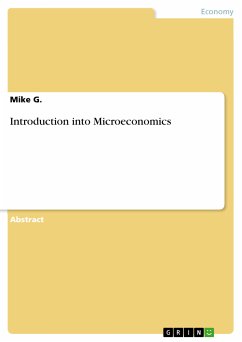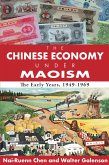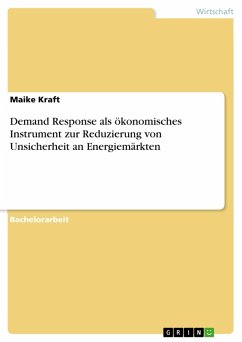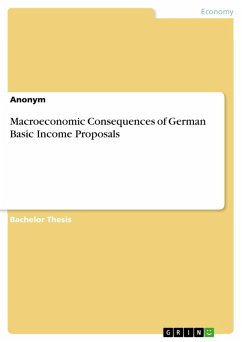Seminar paper from the year 2017 in the subject Economics - Case Scenarios, grade: 89, Peking University (School of Economics), course: Applied Econometrics, language: English, abstract: In this study, National Bureau of Statistics of China (NBS) data from 1995 to 2012 was used to investigate the link between growing income and rising animal foods demand in China. Due to China's population size, the latter has implications for mankind on a global scale, ranging from the acceleration of climate change to the exacerbation of health risks and threats to food security. It is therefore vital to understand to what extent the increasing prosperity of the world's most populous country connects to higher demand for animal products. Two approaches were chosen to compute income elasticities: an OLS estimator and an Almost Ideal Demand System (AIDS), which lead to significantly different results. The AIDS model produced more reliable estimates, indicating a rise of poultry consumption parallel to increasing income, a rising share of income being spent on aquatic products, and decreasing demand for eggs for urban households. Due to the lack of out-of-home consumption data, these results likely understate the real demand.
Dieser Download kann aus rechtlichen Gründen nur mit Rechnungsadresse in A, B, BG, CY, CZ, D, DK, EW, E, FIN, F, GR, HR, H, IRL, I, LT, L, LR, M, NL, PL, P, R, S, SLO, SK ausgeliefert werden.



